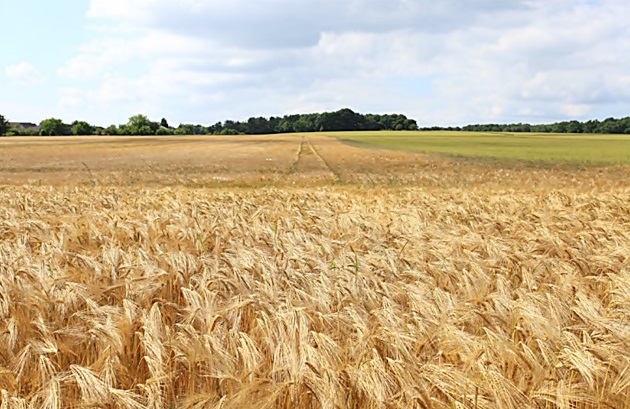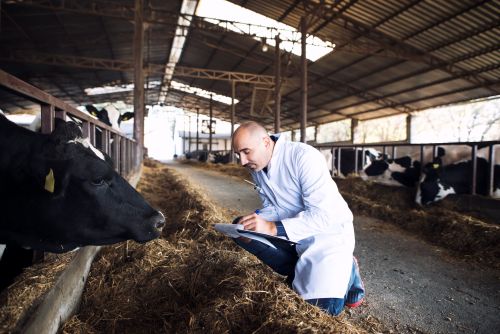730

Global Wheat Market at a Crossroads: Demand Outpaces Supply, Stocks Under Pressure
Across the vast agricultural landscapes of the world, wheat—a dietary cornerstone for billions—finds itself at a critical turning point: consumption is growing faster than global production and storage capacities can keep up.
According to a recent report by the United States Department of Agriculture (USDA), the global trend points to a significant reduction in wheat stocks, despite consistently high levels of production, as noted by Agricensus.com.
For the 2024–2025 agricultural season, the USDA estimates global wheat production at approximately 797.2 million tonnes, revised upward by 3.4 million tonnes. This growth is driven by strong harvests in Australia (+2.1 million t), Argentina (+0.8 million t), and Ukraine (+0.5 million t)—each posting near-record yields. Notably, Australia reported its third-largest harvest on record. Additional supply was also bolstered by carryover stocks, especially in countries like Turkey.
However, projected global wheat consumption is expected to rise by 2.9 million tonnes, reaching 806.7 million tonnes. This imbalance is causing a decline in ending stocks. While the USDA revised ending stocks slightly upward to 260.1 million tonnes, this remains the lowest level since the 2016–2017 agricultural year.
A key factor behind this disparity is the decline in international wheat trade: global wheat exports are forecast to shrink by 0.9 million tonnes, with major players such as Russia, the European Union, and the United States all reporting lower export volumes.
The European Union, in particular, is projected to export only around 27 million tonnes, its lowest level since the 2018–2019 season, largely due to poor harvests in France, the EU’s agricultural powerhouse. Interestingly, Romania and Bulgaria have expanded their market share within EU wheat exports, emerging as unexpected leaders.
In the Far East, especially China, developments are also reshaping the global landscape. The USDA reports that China is halving its wheat imports, from approximately 13.6 million tonnes in 2023–2024 to an estimated 6.5 million tonnes. This shift reflects a policy of increased self-sufficiency, driven by rising domestic production.
Trade tensions, including mutual tariffs between the U.S. and China, have intensified this trend. The U.S. imposed a 15% tariff on agricultural exports (including wheat, corn, and poultry), to which China responded with its own countermeasures.
The global wheat market is now caught in a tense dynamic: rising production on one hand, and accelerated consumption and strategic trade adjustments on the other. Although total production is nearing record highs and starting inventories were relatively robust, the rapid pace of consumption is testing the resilience of global supply chains.
For exporting countries, the key challenge lies in balancing the protection of domestic markets with maintaining international competitiveness. Meanwhile, import-dependent nations—such as China or several Middle Eastern states—face the need for structural adaptation in response to tightening global supply.
The central question remains: Can global producers sustain profitability and distribution efficiency under current geopolitical pressures? Without coordinated international policy and resilient supply networks, end users—from urban bakeries to livestock farms—may soon face volatile prices, disrupted logistics, and financial strain.
In this context, Romania and Bulgaria emerge as surprising protagonists, gaining traction within the EU export market. But for much of the rest of the world, the slowing global wheat trade is a clear signal: strategic decisions in politics, trade policy, and logistics will be instrumental in shaping future food security.





